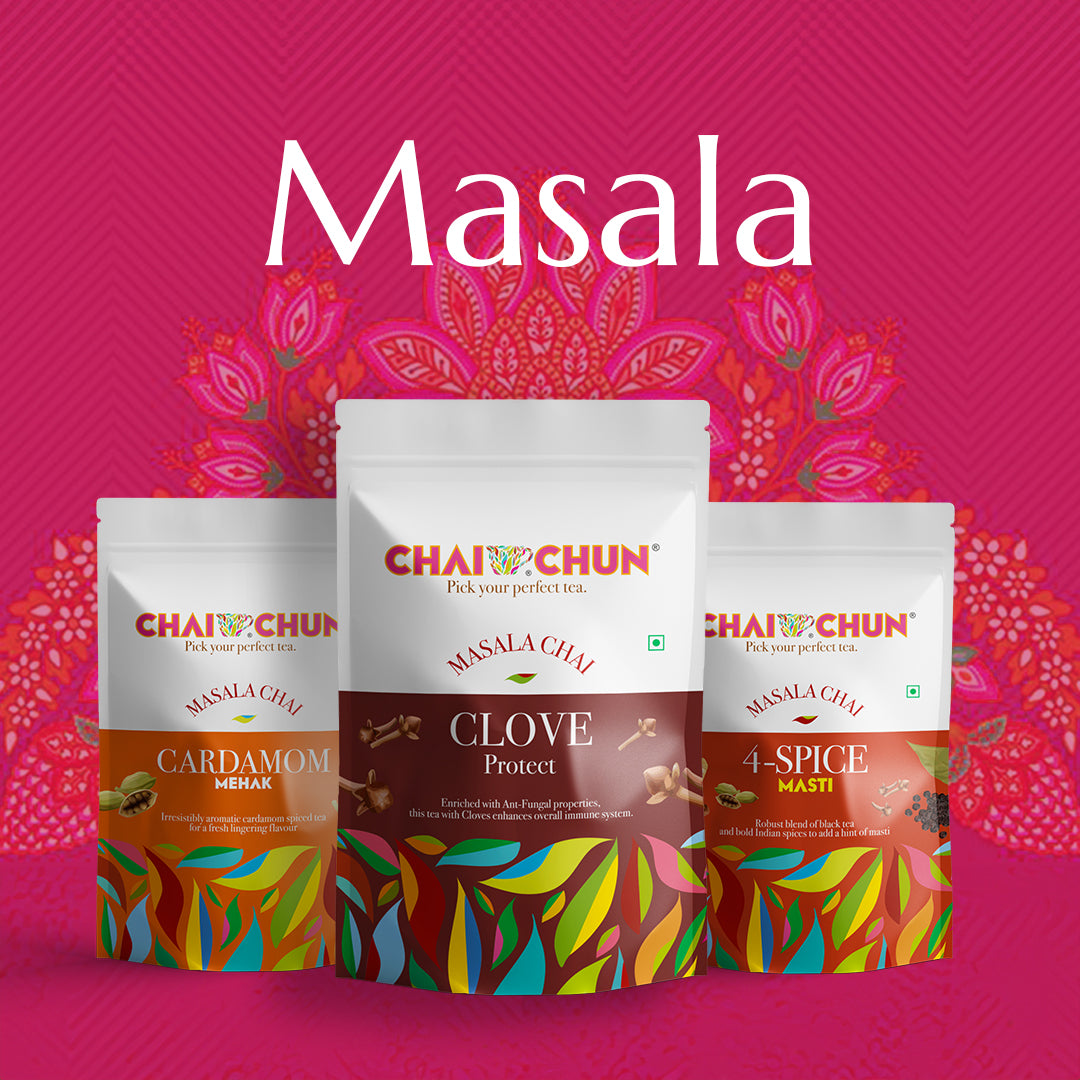Tea Learning
Understanding Tea
Learn about tea: its history, how it is grown, the plantations and more - there is so much to discover!

History of Tea
-
The History of Tea: Legends from China and India. According to the Chinese legend, the history of tea began in 2737 B.C., when the Emperor Shen Nong, a skilled ruler and scientist, accidentally discovered tea. While boiling water in the garden, a leaf from an overhanging wild tea tree drifted into his pot.
-
 Commercial tea plantations were first established under the British rule when a native variety of Camellia sinensis plant was discovered by Scotsman Robert Bruce in 1823 in Assam. It's Likely that a local merchant, Maniram Dewan, introduced Bruce to the Singpho people who were drinking something very similar to tea.
Commercial tea plantations were first established under the British rule when a native variety of Camellia sinensis plant was discovered by Scotsman Robert Bruce in 1823 in Assam. It's Likely that a local merchant, Maniram Dewan, introduced Bruce to the Singpho people who were drinking something very similar to tea. -
 Bubble tea, also known as pearl milk tea or boba milk tea, a Taiwanese tea-based drink invented in Taichung in the 1980s. Cambric tea, a sweetened hot-milk beverage, often made with a small amount of tea.
Bubble tea, also known as pearl milk tea or boba milk tea, a Taiwanese tea-based drink invented in Taichung in the 1980s. Cambric tea, a sweetened hot-milk beverage, often made with a small amount of tea.
Growing Tea


The tea plant originated in Asia. This shrub is a member of the evergreen Theaceae family. Optimal conditions for its growth are a warm and humid climate with an average temperature of 20°C. The tea plant thrives at altitude and can even grow above 3,000 metres
Tea Producing Regions
China is the biggest tea-producing country and offers the widest selection of teas in the world. Together, China, India, Kenya and Sri Lanka represent 75% of global production. Japan, Taiwan, Nepal and South Korea are also known for the excellent quality of their teas.

Tea & Health
From its birth in Asia, tea has been considered to be beneficial for health. Polyphenols, which are present in tea, are largely responsible for these benefits.


























